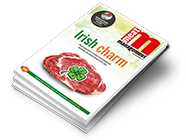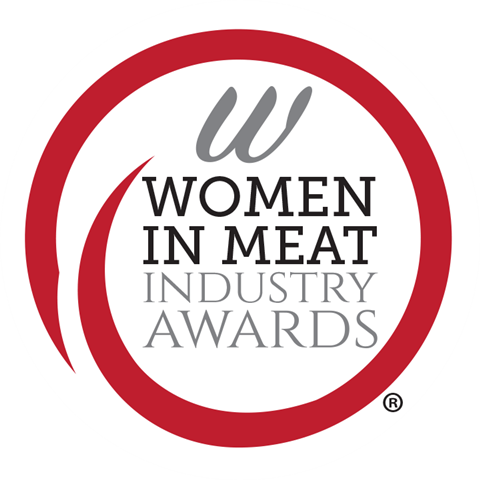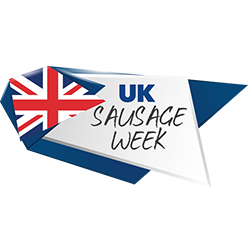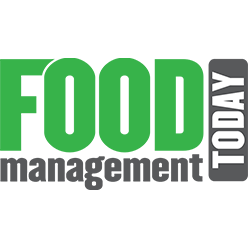The Agriculture and Horticulture Development Board (AHDB) has found that UK beef production is expected to decrease by 5% in 2025.
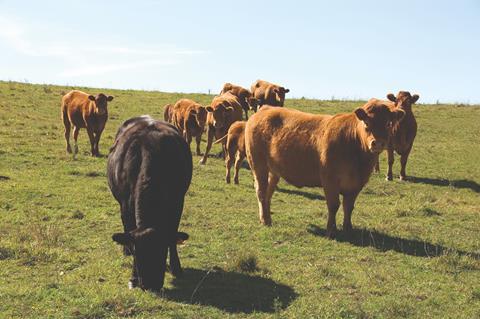
It also found that domestic beef consumption is forecast to grow by 1%.
The reduction in UK beef production, expected to fall 5% year-on-year to 885,000 tonnes, follows “sustained reductions” in cattle numbers. Several factors have reportedly contributed to reducing livestock numbers, including underlying business profitability, declining direct payments, and strong beef prices.
AHDB said that despite a “strong year” for UK beef in 2024, with production increasing by nearly 4% to 934,000 tonnes, 2025 is expected to see a shift in supply dynamics. Prime cattle availability is forecast to decline, with a 6% drop in prime cattle slaughter to 1.99 million head. Reductions in cattle supply are also expected to continue into 2026, following trends in calf registrations in previous years.

Hannah Clarke, AHDB lead analyst (Red Meat), said: “The beef sector is entering 2025 in a period of significant supply constraint, which is expected to support cattle prices throughout the year. However, the sensitivity of consumers to prices and the cuts they choose to purchase will play a pivotal role in determining overall carcase values.”
The forecasted reduction in supply is balanced by consumer demand, which, although influenced by economic uncertainty, is expected to grow by 1% year-on-year, said AHDB. In the retail sector, everyday beef cuts such as mince, which cater to busy families and price-sensitive consumers, are expected to see “strong performance”.
AHDB also found that consumer concerns about ultra-processed foods were “likely to support demand for fresh, primary beef cuts over processed offerings”, with 90% of consumers stating that diet was important in contributing to their overall health.
“Communication around the nutritional benefits of beef, as well as continued emphasis on sustainability and animal welfare, will help to secure long-term consumer trust and demand for beef.”
Hannah Clarke, AHDB
On the trade front, UK beef imports are expected to rise by 12% to compensate for reduced domestic production. Imports from Ireland, the UK’s largest supplier, are likely to see the most significant increase, while exports, having experienced strong growth in 2024, are forecast to fall by 7% in 2025, pressured by supply constraints.
Farmgate cattle prices are expected to be supported, with reduced supply both domestically and globally likely to drive competition for beef cattle. However, the price sensitivity of UK consumers and the mix of cuts purchased will be crucial in determining overall carcase values. AHDB said retailers are encouraged to highlight beef’s value proposition, focusing on health benefits, versatility, and convenience to drive demand.
Clarke added: “The supply chain will need to focus on navigating the challenges of supply constraints while maintaining product quality. Communication around the nutritional benefits of beef, as well as continued emphasis on sustainability and animal welfare, will help to secure long-term consumer trust and demand for beef. As the industry heads through 2025, the UK beef sector will need to stay agile in responding to market shifts, with a focus on driving efficiencies and engaging consumers through compelling messaging and promotions.”
